 |
If it feels like we’ve been writing a lot about Sony recently, you haven’t been imagining things: we’ve been writing about its products and technologies quite a bit. But there’s a good reason for that – the company has simply given us a lot to write about.
A period of intense, sustained activity, set against a backdrop of relative inactivity from its competitors has seen Sony receive probably more coverage than any other brand.
Ever since it bought Konica Minolta’s camera business, Sony has been trying to find a foothold in a market sector that’s historically been dominated by two camera makers. Its first attempts were to crowd-out the shelves with ‘me-too’ SLRs. Actually, that’s not quite fair, the a350 was pretty innovative, in its own way. But despite offering lots of models often at low prices, this didn’t yield the desired results.
 |
| Sony’s attempts at innovation don’t start with the RX and a7 cameras, but the relentless pace of its updates are a relatively recent trend. |
But Sony’s more recent moves, particularly the embrace of full-frame mirrorless and 1″ sensor compacts, along with numerous additional features arriving in the realms of video, sensor technology and autofocus, have included some significant steps forward for the industry. And ones that are relevant for a broad range of photographers.
This has left us with a lot of technology and features to write about. Sometimes this comes in the form of a standalone tech article, other times in the reviews themselves, as we try to explain the real-world benefits and shortcomings we’ve encountered while using them.
Of course we’ve seen this before: periods of innovation from various manufacturers as the industry grows and changes. The introduction of the first mirrorless camera by Panasonic, for example, or its subsequent improvements in video (we often joke that the launch of a GH series camera means we all have to learn more about film-making). Fujifilm was the first to offer on-sensor phase detection and, while divisive, its X-Trans color filter array and DR Modes have given us plenty to talk about.
 |
| Mirrorless cameras, as pioneered by Panasonic and Olympus have been the area with most innovation in recent years. Again, this has meant we’ve written about them a lot, as the technology has improved. |
What’s unique, though, is the continued drive, this sustained flood of products and of new technologies that Sony has recently been responsible for. And, more starkly, this has come at a time when the industry’s largest two companies have been comparatively quiet. Over the past four years, Sony has released around 60% more new high end (>$ 1000) models than any of its rivals.
This has come at a time when the industry’s largest two companies have been comparatively quiet
This has meant that we write a lot about Sony right now. Not because it’s Sony, specifically, but because they’re the company doing so much of the running at the moment. And of course, our coverage isn’t always positive. Our job is to cover technology and innovations regardless of how well they perform, so in addition to being impressed by the capabilities of DRAM-backed Stacked CMOS sensors, we’ve also written about banding, striping, and work that still needs to be done on the menu systems.
Sony isn’t the only brand innovating, of course. We continue to be impressed by Canon’s Dual Pixel AF design, particularly in terms of the benefits it brings for video shooting, and Nikon launched the D850, arguably the best DSLR the world has seen. But neither brand is delivering the constant innovation that currently sets Sony apart right now.
This is to be expected: the dominant players in the industry will be keen not to change an apparently winning formula, while the insurgent newcomer needs to offer something suitably different to entice people away from the tried and tested ‘safe’ choice.
 |
| Canon didn’t achieve its market dominance by chance. Cameras such as the EOS 5D and EOS 300D/Digital Rebel offered something none of its rivals did. |
Looking back, we’ve been here before. Canon didn’t achieve its recent market dominance solely by chance: a combination of investment in CMOS technology and aggressive pricing of its mass-market DSLRs played a big role. This combination gave it several years in which its cameras had a distinct edge over most rivals.
Similarly, Nikon made great strides forward around the time of the D3 and D300. These two cameras brought hugely improved autofocus as well as a move to CMOS sensors which greatly increased low light performance (and dynamic range, in subsequent iterations).
 |
| The Fujifilm S3 Pro was the first DSLR to offer live view. It could be argued that we failed to recognize its significance at the time. |
The long-expected thinning-out of the camera industry hasn’t yet happened: there are still plenty of players in the market. The thing that’s changed is that they’re all competing for a slice of a much smaller pie than they were, just a few years ago. This is likely to mean more brands trying the aggressive, fast-iteration, constant innovation approach that Sony (and, to a lesser degree, Fujifilm) is taking. It’s also unlikely that Sony can continue at this rate indefinitely: there’s every chance that its strategy is to capitalize on being first mover by staking out as much territory as it can before everyone else responds.
Manufacturers are all competing for a slice of a much smaller pie
As the remaining camera brands fight for recognition and search for tech and features to distinguish themselves, we should have plenty more to write about. Especially if, as all the rumors suggest, Canon, Nikon or both end up introducing high-end mirrorless cameras in the next twelve months. After all, despite being well-entrenched in the DSLR market, they’ll both be relative newcomers to serious mirrorless, so may feel the need to be more innovative than we’ve seen in a while.
Busy times, then. And we will cover these with the same vigor and enthusiasm we try to show for every innovative launch. Regardless of which name is on the front of the product.
Articles: Digital Photography Review (dpreview.com)
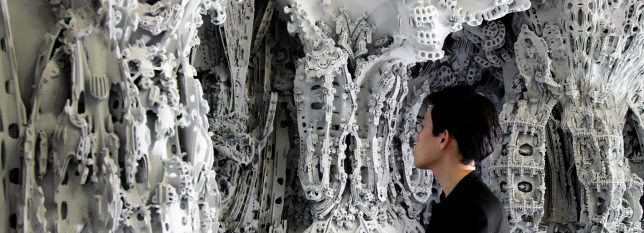

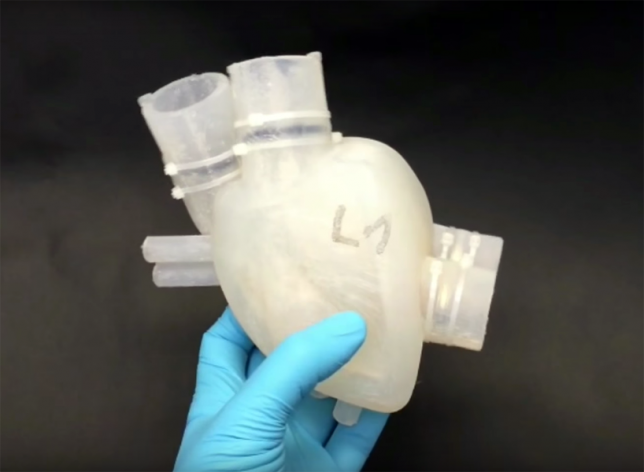

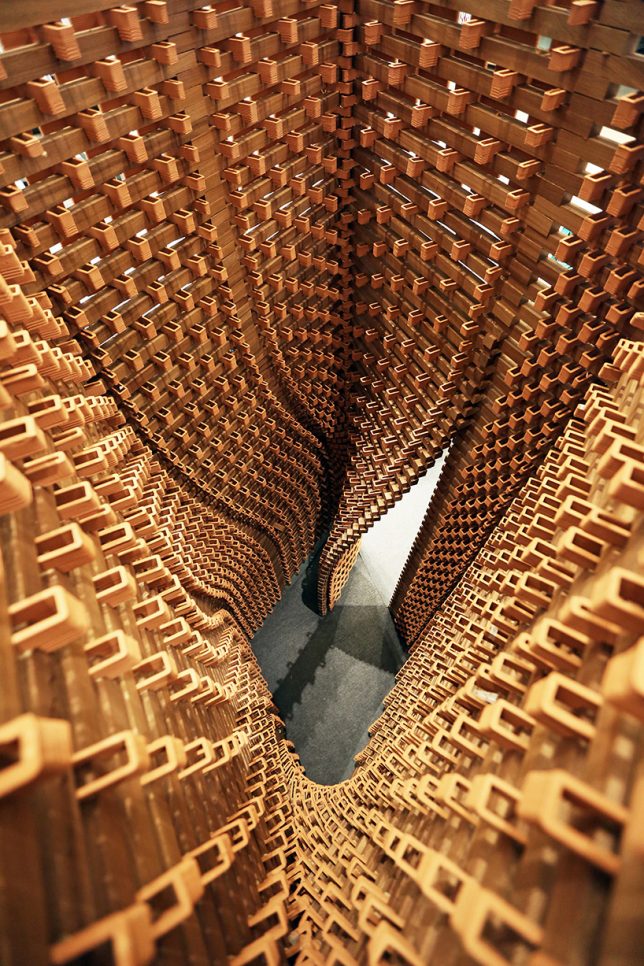
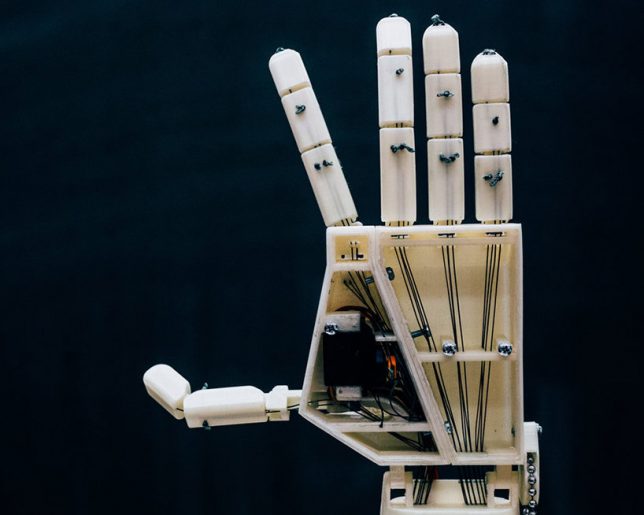
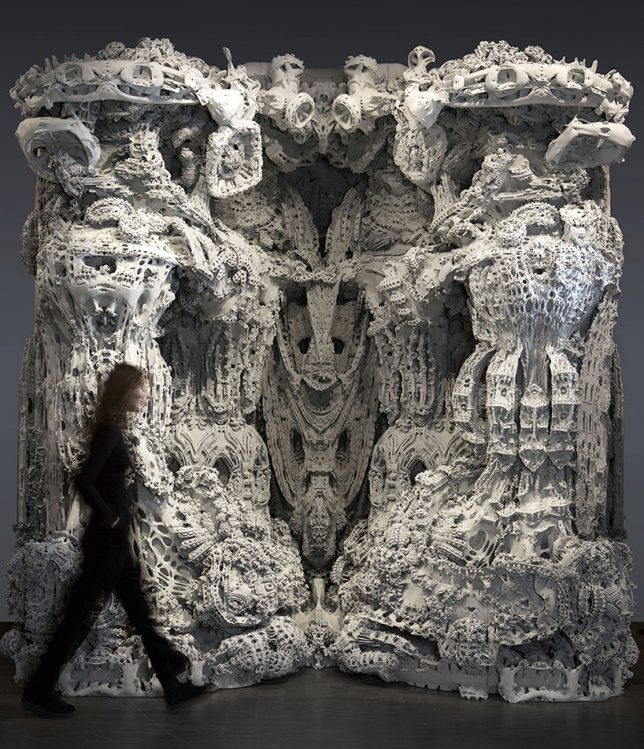
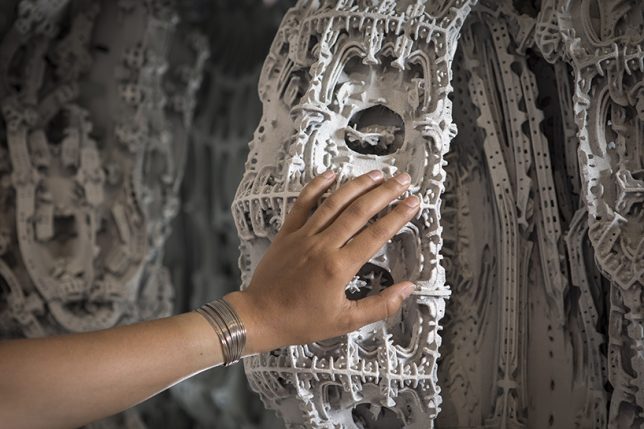
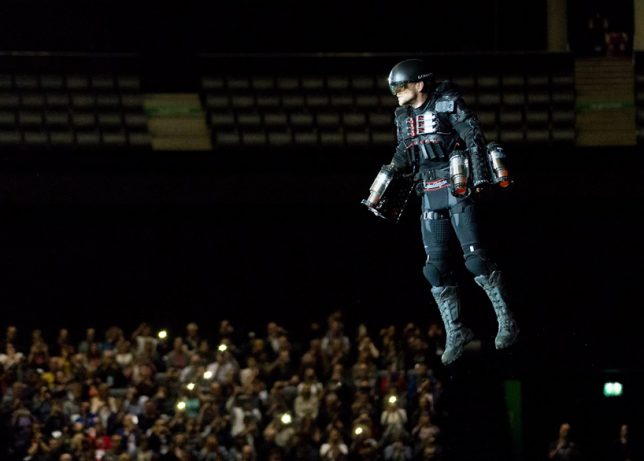





You must be logged in to post a comment.